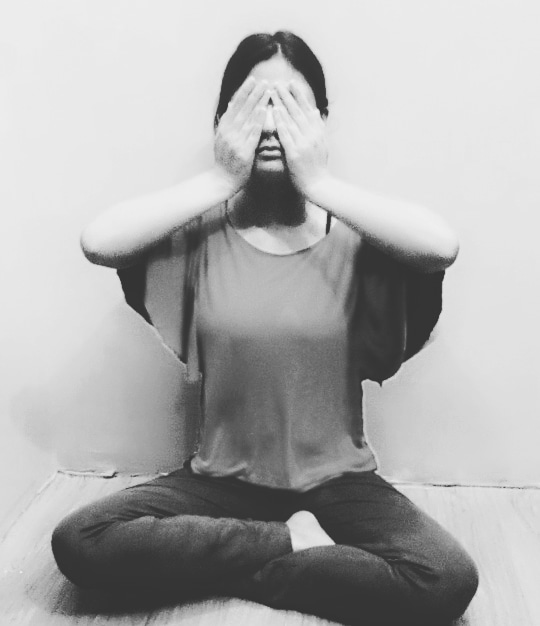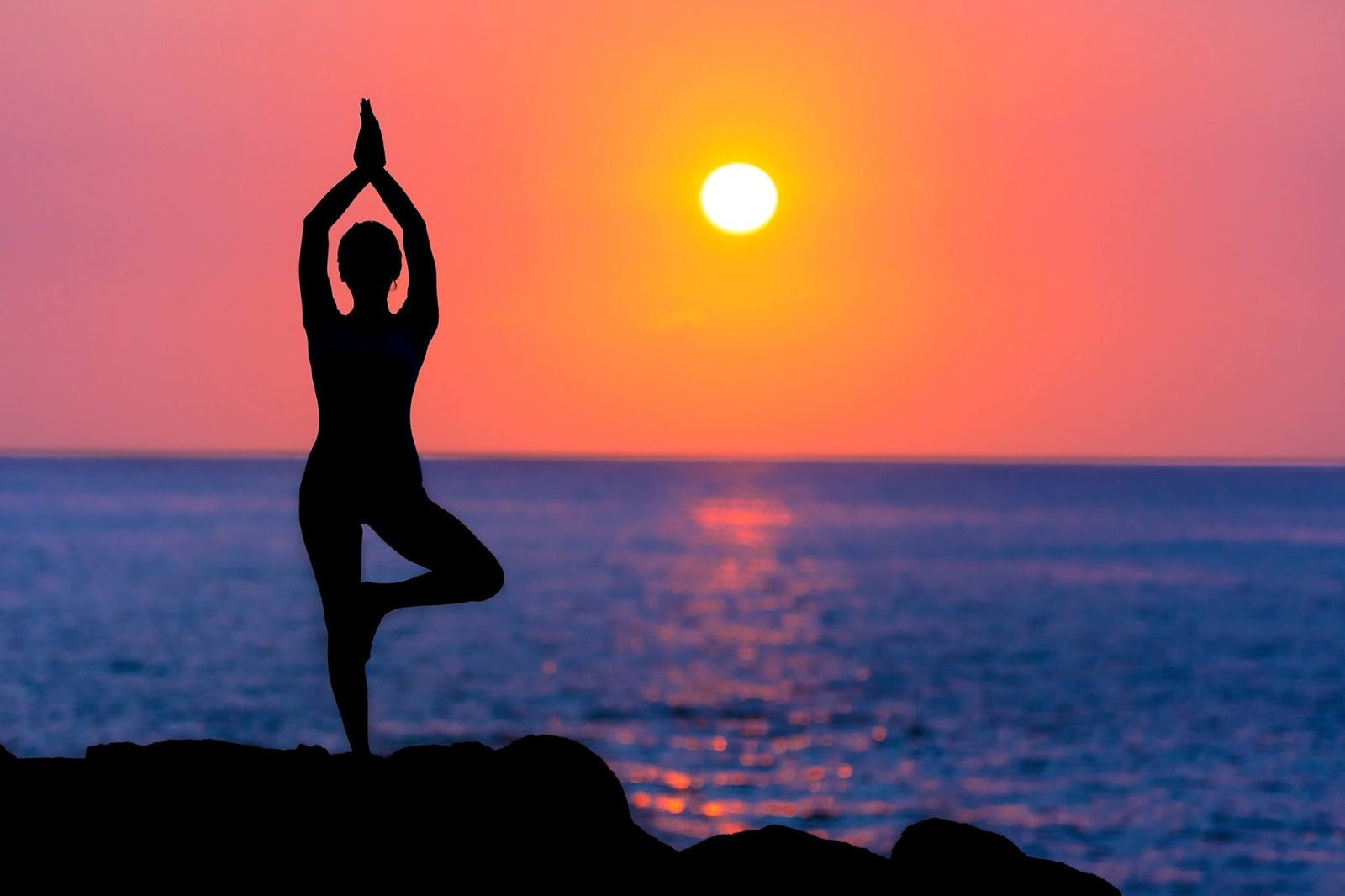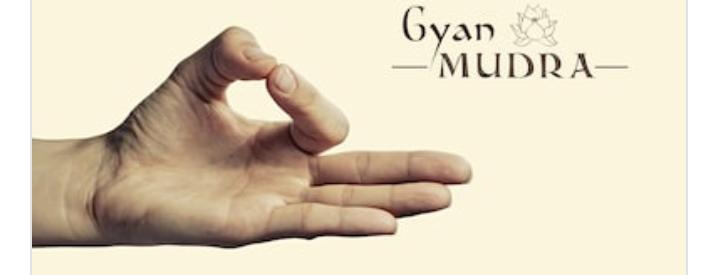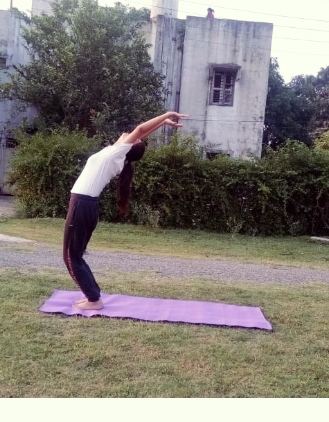all about Jal Neti (part-2)

Okay so in my last blog ( Jal Neti Part-1 ), I covered the following topics :- 1. Introduction 2. Selection of the Neti Pot 3. Preparation of water 4. WHY SALT WATER IS USED INSTEAD OF ORDINARY WATER ? 5. Position of hand while holding the Neti pot 6. How to do it :- 7. Removing the nozzle 8. Kapaalbhati kriya for drying the nostrils. If you haven't read it yet go read it now 👉 I have uploaded pictures and videos on my Instagram feed and Facebook page both about all these topics.Go check it out there on @timetocure Benefits :- √ R emoves mucous and pollution from the nasal passages allowing air to flow without obstruction. √ H elps and prevent manage respiratory tract diseases and makes respiratory system stronger. √ M aintains good health for the eyes, ears and throat. √ R elieves muscular tension of the face and helps the practitioner to maintain a fresh and youthful appearance. √ H as a calming and soothing influence on the brain. √ A lleviates anxiety, anger and depress





